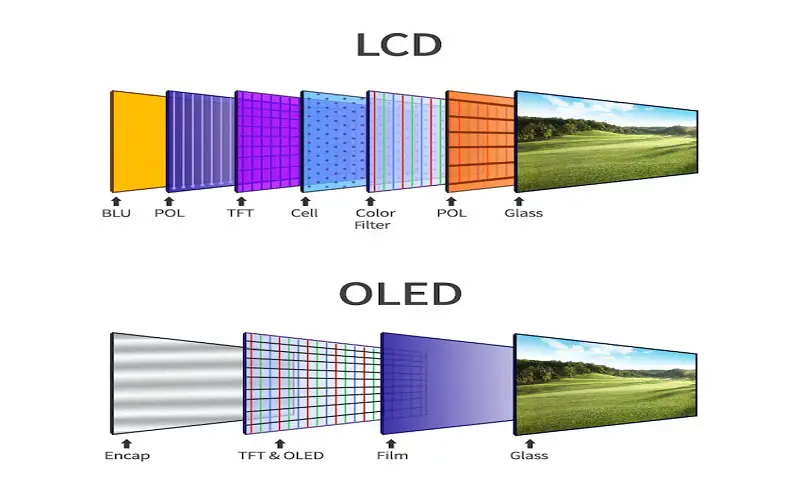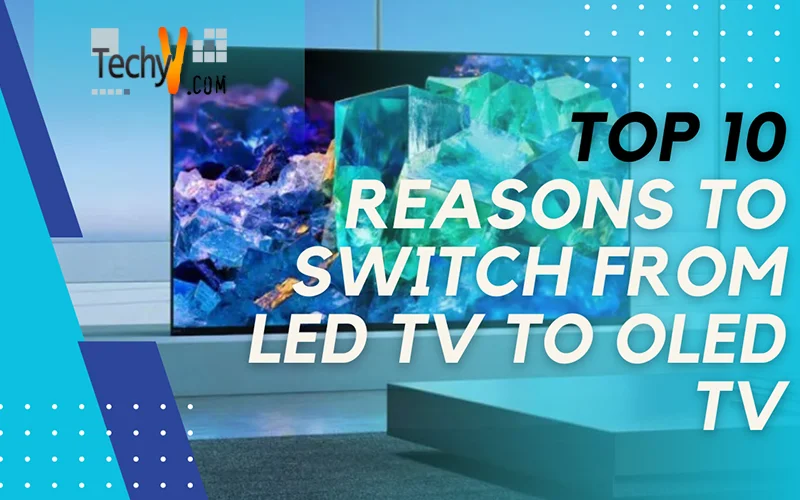When understanding the difference between LED and OLED TVs, these TVs must not belong to mutually exclusive categories. LEDs are a type of display, which stands for “light-emitting diodes,” that uses a liquid crystal display (LCD) (or “backlight”) to control where the light is passing through to display the image on the screen. On the other hand, OLED stands for “Organic Light-Emitting Diode,” and the “Organic” part refers to the carbon film in front of the glass inside the panel. This allows for brighter, more efficient, thinner, and more flexible displays with higher contrast and faster refresh rates.
OLEDs are actual light-emitting devices with a simple design and have many advantages over current LED technology. Here are the top 10 features you need to know about the new OLED technology to make an informed decision.
1. Design
OLED TVs are unique in their lightweight and stylish design, which makes them attractive to buyers. OLED technology allows pixels to emit light, allowing manufacturers to produce fragile and lightweight displays, and eliminating the need for backlights that add bulk to traditional LED/LCD TVs. Due to their slim and light design, OLED TVs are more energy efficient than LCD TVs because there is no backlight power required, resulting in saving overall energy consumption.

2. Contrast And Black Level
OLED TVs offer an immersive viewing experience with a high contrast ratio. Bright whites and deep blacks make images appear more vivid and realistic, adding depth and dimension to any scene, especially in shadowy and dark areas. OLED technology has revolutionized how we watch TV by providing superior picture quality and vivid colors.
OLED displays offer black levels where Pixels can be turned on and off independently, resulting in an unlimited contrast ratio, better performance, and perfect blacks. Deep blacks and high contrast reduce eye fatigue and make it easier to watch TV for long periods.
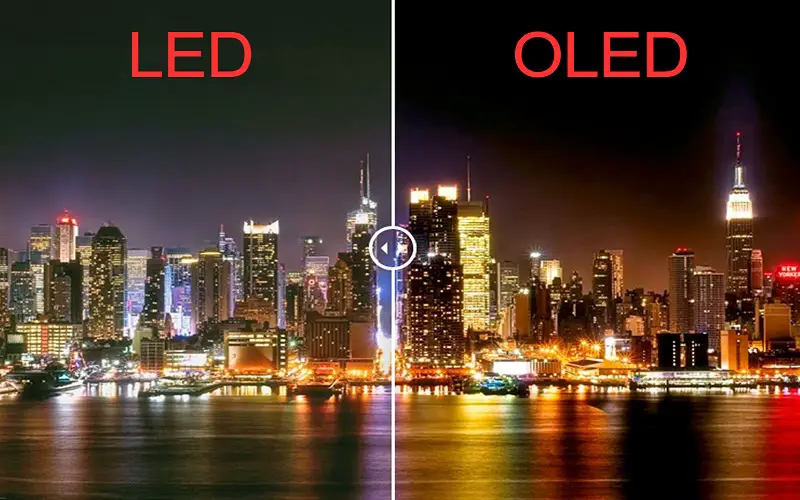
3. Viewing Angle
Again, OLED wins. For LED TVs, the best viewing angle is in the center, and as you move to the sides, the image quality, color, and contrast decrease. OLED TVs can be viewed with a wide viewing angle of up to 84 degrees without dimming. OLED TVs have wide viewing angles and offer crisp, clear images from all directions, especially when multiple people watch together. This feature makes OLED ideal for households and large living rooms where many viewers are watching the screen simultaneously.
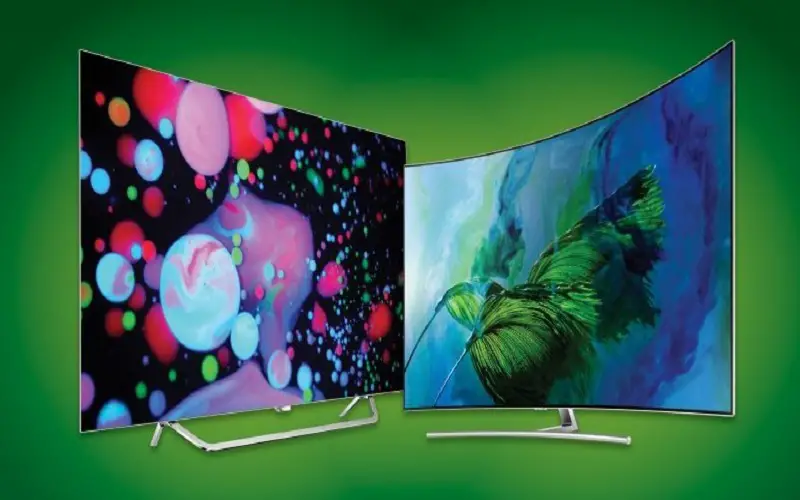
4. Color Space
OLED TVs offer much sharper and more accurate color displays compared to LED displays that use a backlight to illuminate the entire screen, which often results in washed-out colors and leads to fading of detail in darker areas of the display. OLED TVs solve this problem by producing deeper blacks because each pixel is turned on or off independently, giving you truer-to-life colors with more subtle gradations between hues.
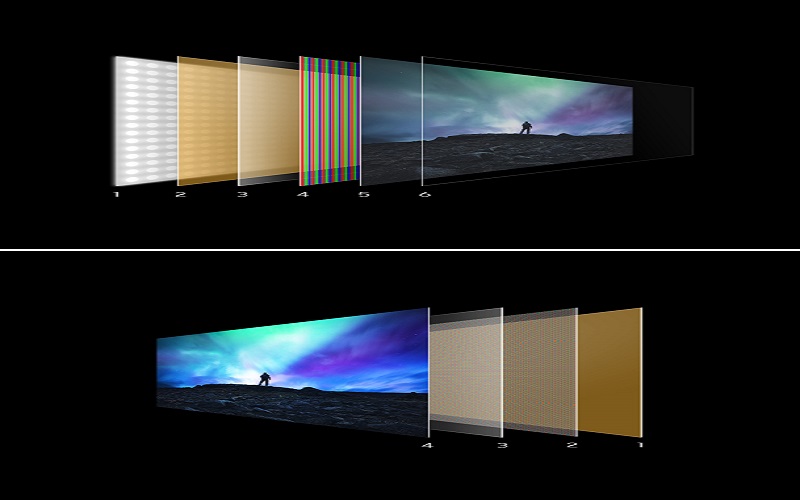
5. Response Time
OLED offers the fastest response time of any TV technology currently in use, making it a clear winner compared to other technologies. The new OLED technology combines the pixel light source and color into a single diode to change the state incredibly quickly. OLED TVs are the fastest available with a response time of less than 0.1 milliseconds. In comparison, a typical gaming monitor has a speed of about one milliseconds. Shorter response times mean less overall lag so that you can enjoy faster games with greater clarity and precision.
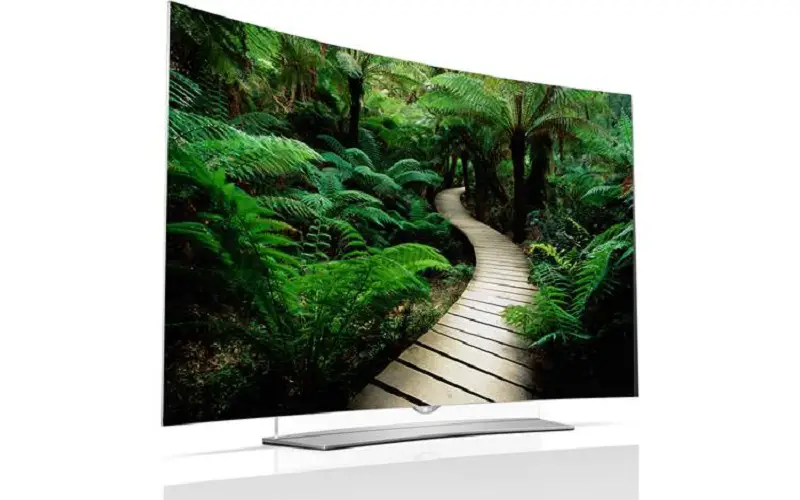
6. Power Consumption
OLED panels require no backlight, and each pixel is extremely energy-efficient. Whereas LED TVs need a backlight to produce brightness, which leads them to consume more energy. Since LEDs are less energy-efficient than OLEDs, & their light must pass through the LCD shutters before it reaches your eyes, due to this the panels consume more power for the same level of brightness.
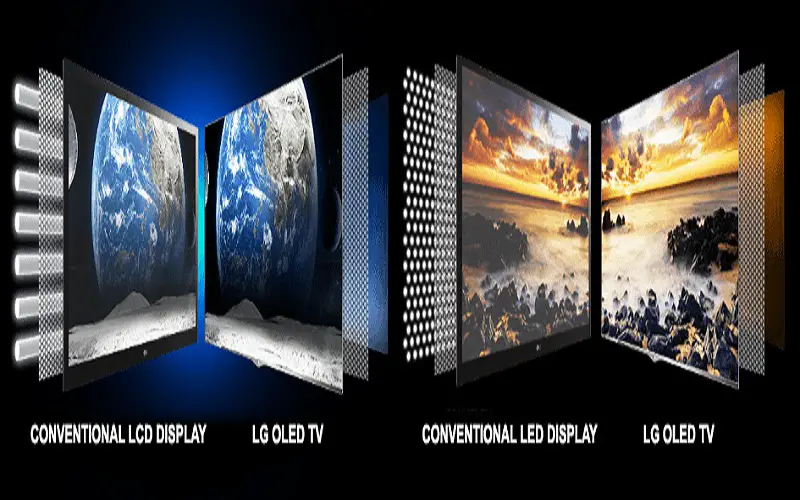
7. Price
OLED TVs are luxury TVs and in most cases, can be more expensive than LED versions of the same size. High-end LED TVs are roughly in the price range of OLEDs, but judging by cost and price alone, LED TVs are still a fraction of a penny in price.

8. Faster Refresh Rate
When shopping for an OLED TV, a faster refresh rate should be your first consideration. A higher refresh rate displays more images per second, resulting in smoother and more fluid movement across the screen. This is especially noticeable when watching sports, action movies, or high-speed video games.
With their fast refresh rate, OLED TVs offer an excellent solution for current entertainment enthusiasts who want a TV that meets their current entertainment needs. By displaying more images per second, OLED creates smoother, more realistic motion that follows you across the screen, whether you’re watching a high-speed chase scene in a movie or a high-speed football match. Therefore, OLED makes the viewing experience more enjoyable with a fast refresh rate.
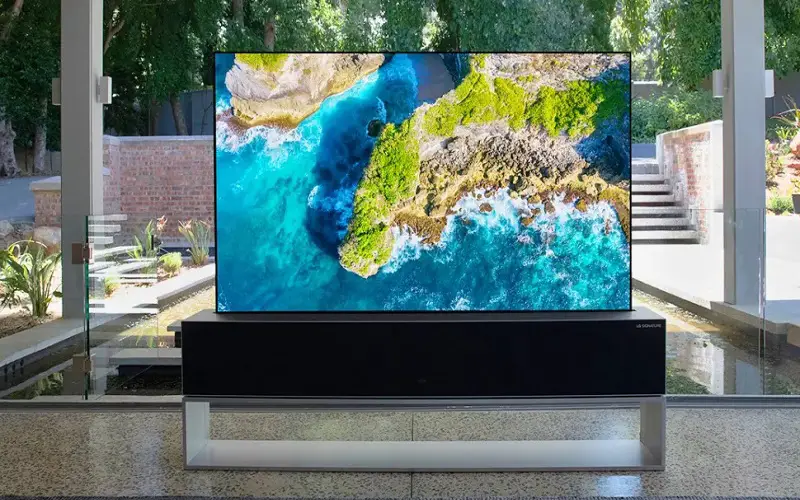
9. HDR Compatibility
HDR-compatible OLED TVs offer a more accurate display of original content, such as movies, video games, and TV shows. Increased brightness and contrast levels provide a more engaging viewing experience while highlighting details that may be lost on standard displays.
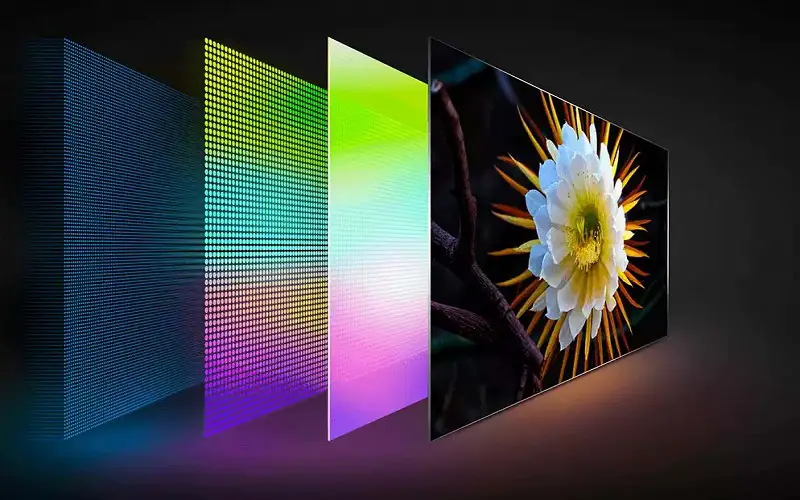
10. A9 Gen 5 4k AI Processor With AI Picture And AI Sound
There’s a reason this is the best OLED TV for gaming. Equipped with the 9th generation 5 Al processor, the gaming experience is not limited to the screen and images, the sound is massively improved with the best sound technology known. A 4K OLED TV with a 9th generation 5 Al processor is truly a magical display and worth the deal.
